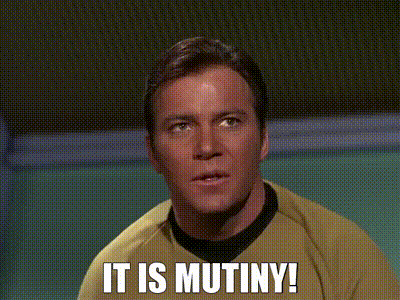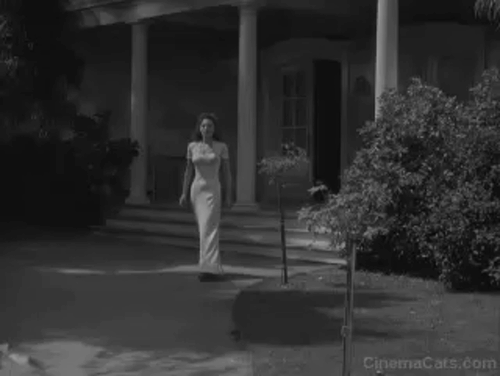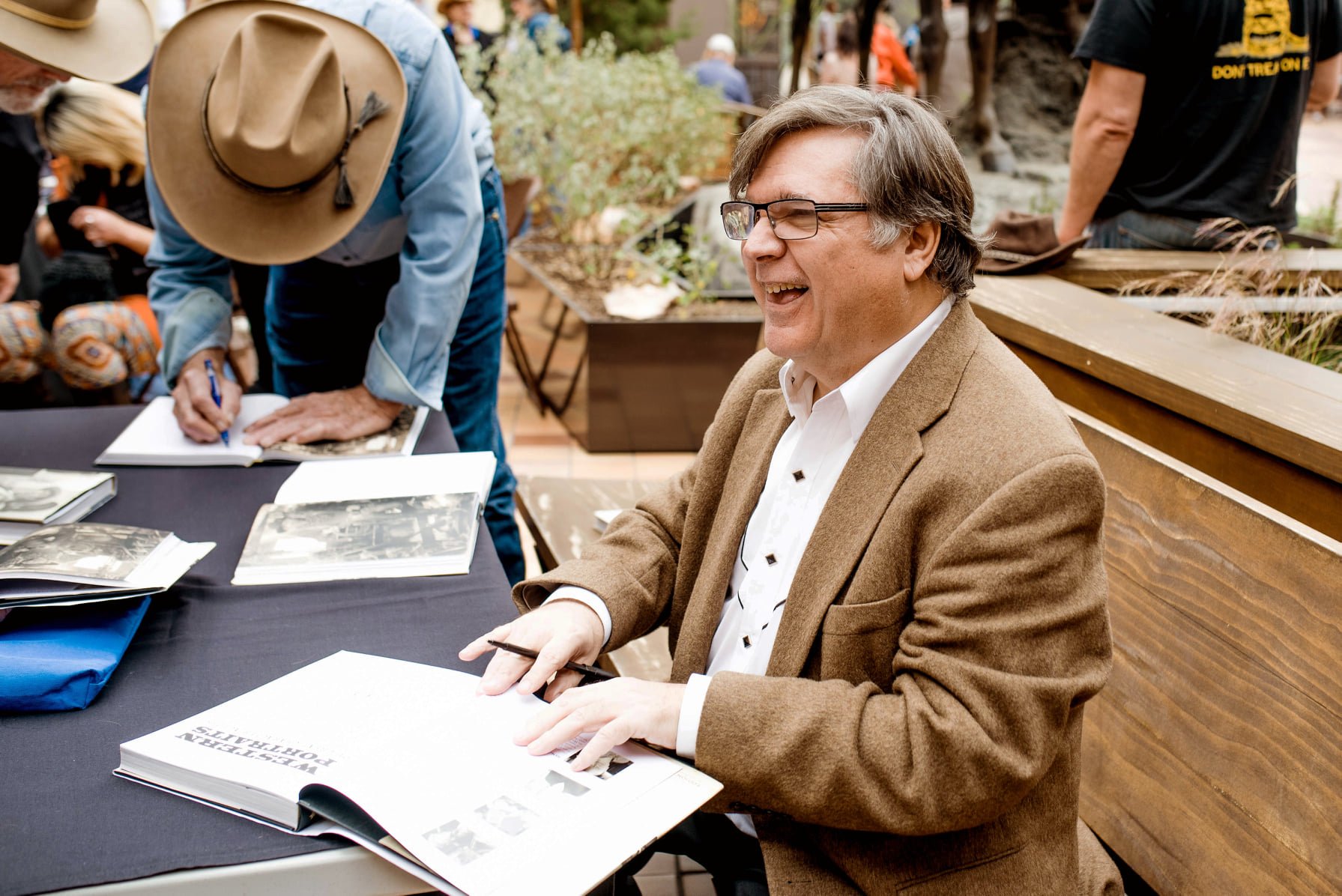In terms of the current trends of the art world, digital art has been growing and developing for some time now. As an artist myself, I have observed how the ease of access of digitial art is resulting in aspiring artists only pursuing the digital medium. But this hasn’t always been the case.
When I was younger, art was more traditional and had to be done by buying materials to create whatever came into your mind. The first time I really saw a program was in the early 2000s. Adobe was making software that allowed you to create work in a digital space but it was far more expensive and was really only seen in professional and school settings. I recall my high school had a class that filled up pretty quickly. An Adobe program also ran pretty expensive in price.
By the time I got to college, Adobe was still pretty costly and had expanded to video, flash, and photo editing as well. The art world was expanding as well due to other programs that were coming out, though Adobe was still the standard for digital art jobs. In terms of Digital vs.Traditional art, things were still pretty balanced and artist were trying to do both.
The common misconception with digital art is that it takes less skill to do. To be honest, it requires extensive practice and passion. I have also observed the difficulty levels to create in the digital space evolve over time. At one time, to do digital art, there was a need for an attachment like a drawing tablet and stylus. Before that a mouse was used to draw, which was certianly harder. With a drawing tablet, however, a person could draw on the surface and what the person drew would translate to the program.
With all the programs that were out, prices had also begun to come down, making it easier for anyone to learn this new craft. Digital art had finally fixed the one issue that made it hard for everyone…price. A Program was now a bit cheaper, there were more options than Adobe, and people were now used to seeing “computerized” images used on websites and social media.
Then came the point where digital art had taken over and more people were seemingly doing digital art over traditional. Some were even just doing the digital, with no history or exploraion of traditional.
Tablets were now also getting art programs where all you needed was that stylus or pen. Most of these programs had mobile versions or free versions as well as the trial version. I myself have gone through four different of these programs.
I feel art has always been kinda downplayed in society, and some of these programs have not adjusted to the demand. Adobe for example charges a monthly fee through the Cloud. Others offer alternative versions to accommodate what you need them for.
As a customer, you can already copy anything digital these days, thus making producing something easier in the digital world and harder for traditional art.
Personally, I don’t see the hype in following a trend and feel that an artist’s journey is found when you explore and not copy. It’s easy to get lost in asking others what they did. Like I said before, I have been through four of these programs myself (both paid and free) and each offers something different. I can understand how a person can be overwhelmed by the options, especially when there are so many opinions about them out there.
I think that as time goes on, these programs will become easier to use and the “it’s too hard to understand” complaint will fade away. The thought then really becomes what other crazy new features can they add to draw in new people? That pun was intended.
In terms of longevity, digital art has made a place and claim in the art space. Each new advancement in the programs allow more people to understand their place in art and allows people to be creative in new ways. Regarding my personal growth, I can say that digital art has been key to my self exploration. Using the new skills in digital art transfers back to traditional art, giving me new ideas for projects and designs. No matter if you’re experienced as a digital artist or a complete beginner, stock (liscensng artwork that was previously created) is only getting better for digital art. Chances are this is a style of art that will stay and adapt with the times.
Court Hospedales is an artist based out of Long Island, New York. His art comes from many different inspirations - from television to current events. In terms of style, Court uses many different mediums to create projects or pieces. The main objective for Court as an artist is to learn something he didn’t previously know and add it to his toolbox of skills. He has many goals but the main one is to show people that art is something anyone can do.
G&E In Motion does not necessarily agree with the opinions of our guest bloggers. That would be boring and counterproductive. We have simply found the author’s thoughts to be interesting, intelligent, unique, insightful, and/or important. We may not agree on the words but we surely agree on their right to express them and proudly present this platform as a means to do so.









































